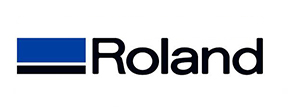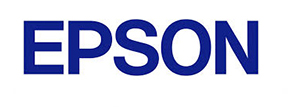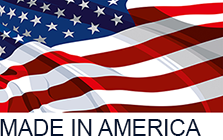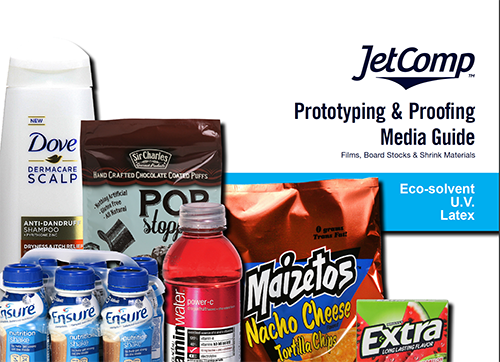Choosing The Right
Eco-Solvent
Package Prototyping Printer



With the wide variety of package prototyping capable printers available on the market today it can be confusing to choose the best option.
Print technology options; Aqueous, Eco-solvent, UV, or Latex.
(Please click the logos above to visit websites for prototyping capable printers)
Today’s packaging market is evolving faster now than ever. Companies are changing artwork constantly to target different market segments with their brands. Competition is pushing you to design and test market new product packaging or revamp existing versions for seasonal, retro or localized versions. Speed to market is critical.
As you move from the initial concept into final market research, the need to have an on-demand digital package prototyping solution becomes essential. Printing your designs on paper with office printers is just not good enough yet outsourcing every project can cost thousands of dollars. So where do you start? What’s the best solution?
Aqueous– This is the most common printer on the market today. It offers low cost and easy maintenance. Some models offer expanded color space for accurate spot color reproduction such as the Epson P-Series proofers but do not have the ability to print a metallic silver or spot white needed for clear films. In the past you were limited to printing on papers to show design concepts. Not the ideal solution or representation for a flexible package. JetComp offers a range of white flexible packaging films designed specifically for aqueous printers such as the Epson SureColor, HP DesignJet, or Canon ImageProGraf inkjet printers. Instead of printing on paper you can print directly on industry-standard white flexible packaging films. If you need a windowed package there are methods to achieve this.
Eco-Solvent – For package prototyping and proofing the eco-solvent printers offer the most versatility for the price. Epson, Roland, and Mimaki all offer printers with white and or silver ink capabilities. They all produce a flexographic quality white. Eco-solvent printers have virtually no odor and operate well in general office environments. The printers are easy to maintain. Package prototyping eco-solvent printers use a receptive coating on the media that the ink jets into, resulting in a smooth even finish. For package prototyping, you want a printer capable of high-resolution imaging. Print quality is typically 720×1440, which gives your packaging prototype the look and feel of production prints. Eco-solvent printers also can be used to produce structural packaging prototypes by printing directly on JetComp board stocks. Other options are JetComp heat transfer media or label films that apply as a “skin” on paperboard materials. Eco-solvent is the best choice for producing shrink sleeve packaging prototypes.
Epson’s S-80600 printer offers the most expanded color gamut ink set with a CMYK, Lt Cyan, Lt Magenta, Orange, Red and White or Silver ink set.
Roland offers machines with CMYK, Light Black, Orange, Green, and White expanded color gamut ink set.
Mimaki offers machines with CMYK, Lt black and Orange expanded color gamut ink set with white and or silver ink capabilities.
UV – Before JetComps film line was developed UV printers were used extensively for package prototyping. They tout the capability of being able to print directly on virtually any material, which is true to a degree. However, the films need to be properly print treated or printed images would fall off. UV printers are most efficient with board materials and if you need special effects for your packaging prototype such as embossing or a varnished effect. UV printers do not offer metallic silver ink capability. Print quality is acceptable. However, the images can be brittle and tend to have a textured and slightly duller finish than an eco-solvent package prototype, except where varnished. The only plus is the higher opacity of white ink, but that can be artificial to what actual production would be able to reproduce. Cost wise, UV printers are about 3X the cost of an eco-solvent printer of comparable size. They have the lowest color gamut of the four types, only offering CMYK color sets. They can be static sensitive when printing on films. Most UV printers emit a slight odor. Though not ideally suited for shrink films, they will work to a degree if you use a flexible ink set.
All JetComp materials will work on any UV printer. Roland, Mimaki, or Fujifilm offer quality machines.
Latex – HP and Ricoh offer latex machines usable for package prototyping. The white ink capability is almost as opaque as UV and is an excellent representation of a flexo white. Printed images are a nice even gloss finish that matches the finish of JetComp package prototyping films. They offer a CMYK plus white ink color set. They print on the surface of the film similar to a UV printer, but with less than a three micron dried ink layer the package prototypes maintain flexibility and do not have a layered look or feel. The inks will work on shrink films with light to average contours. This type of equipment does require higher maintenance and should be used daily. It is only available in a wide format of 54’ or wider.
Please fill out this form to join JetComps newsletter.
Stay Informed & receive JetComps product update.
You are providing your consent to JetComps Inc. doing business as JetComp, so that we may send you promotional emails. You may withdraw your consent or view our privacy policy at any time. To contact JetComps, you may write to JetComps 5400 Newport Dr, Rolling Meadows, IL 60008 or call 847-222-7100.
Inkjet Film
Support
Support/Downloads
Distribution
US-North America
South America
Asia
Europe
Africa
Australia

© 2024 JetComp | All rights reserved | JetComp is a division of Proofing Technologies Ltd.| All trademarks identified by ® or ™ are registered trademarks of their respective owners.
Website By: PinkMonkeyMarketing.com



